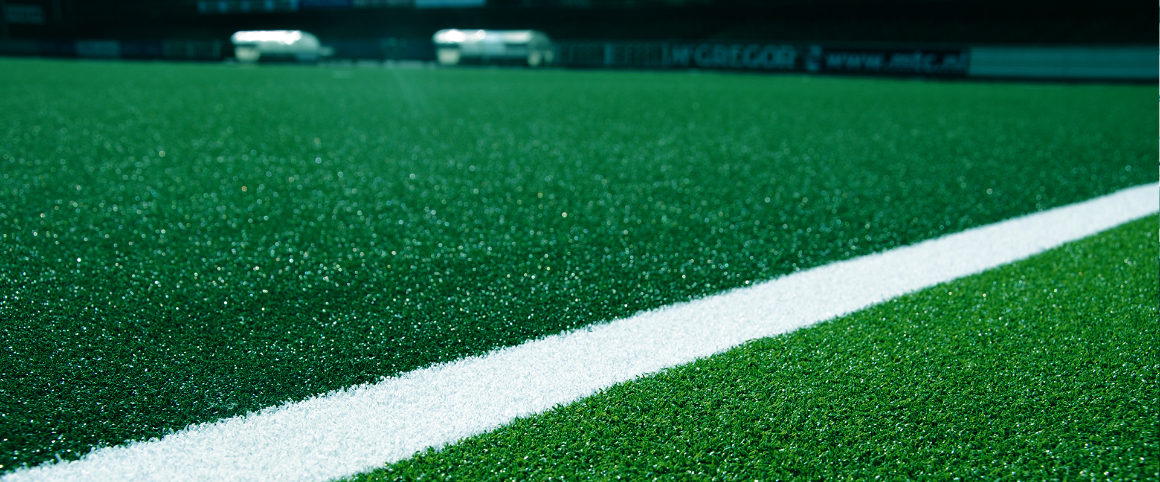The TenCate Grass perspective on water usage in hockey
Hockey is a high-demanding sport for players; it requires speed, agility and strength. This means that the surface that the sport is played on must comply with certain – high – standards. In the current century, the development of hockey surfaces on the highest levels of the game have focused on increasing speed and having a flat as possible pitch.

In close cooperation with Olympic hockey players, the FIH (International Hockey Federation), national hockey federations and hockey clubs, TenCate Grass continuously develops hockey surfaces that comply with the high demands of hockey players. We focus on offering players the best experience, best performance and highest safety. At top sport level, most pitches currently use water to deliver optimal speed and performance. Nevertheless, we also see the need for sports fields that require as little water as possible.
In countries such as India, where hockey is a big popular sport but where it rains little, water is not available to everyone. As a producer of synthetic turf, we must take our responsibility and offer a solution that makes it possible to play at top sport level and that, at the same time, takes the climate and the environment into account. In addition, the pitches need to remain affordable and inclusive.
In recent years, TenCate Grass has taken enormous steps to significantly reduce the required water volume of a hockey system. Our newest generation of products uses less than 1/3 of the older generations of products. In addition, we are working on designs for efficient water use and management by, among other things, collecting, cleaning and filtering water under hockey fields, storing and reusing it in the field when necessary. This reduces the amount of “fresh” water that is required.
The above developments contribute to the ultimate goal of TenCate Grass; develop systems that do not require water and still offer excellent playing characteristics. We have already designed systems that are able to meet the play and safety requirements of the FIH without the addition of water. However, these systems do not meet the high expectations of the players. The next phase for us is to develop new systems and yarns that will meet and exceed the expectations of the players without the use of water. Although this is a major challenge, it receives a lot of focus from TenCate Grass.
In summary, at TenCate Grass we are following a 3R approach to a future of field hockey surfaces.
Reduce – reduce the amount of water needed on the field. By design systems that need less water to play at the highest level but also retain (hold) that water for longer. Good work has already been done in this area, but efforts continue to optimise and reduce the amount of water needed.
Reuse – rather than use water from the ground every time a game is played, we have developed several designs and systems that can collect, harvest and reuse water (often from rain). The field and local surrounds can be used to collect water into an attenuation and storage system which can then be used when needed to irrigate the pitch. This innovative approach can significantly reduce water requirements and waste.
Remove – our ultimate desire is to design a system that doesn’t need any water. Whilst synthetic turf systems have already been designed that can meet the FIH highest standards without water, they are not accepted by high level players as they are perceived to be too slow. Work is ongoing to develop fibres and systems that play like surfaces with water but don’t need any.